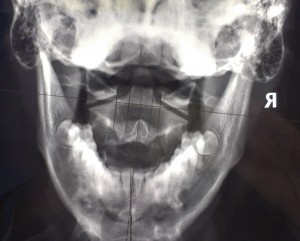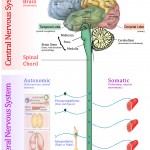 16-year old male presents with acute dysautonomia following a fall from a horse.
16-year old male presents with acute dysautonomia following a fall from a horse.
Dysautonomia is characterised by malfunction of the autonomic nervous system (ANS). The ANS controls heart rate, temperature, digestion and blood pressure, and it can cause lightheadedness and fainting.
Symptoms can also include extremely fast heart rate, slow heart rate, palpitations, chest pain, dangerously low or wide swings in blood pressure, the inability to remain upright, excessive fatigue, gastrointestinal problems, nausea, insomnia, shortness of breath, anxiety, tremulousness, frequent urination, convulsions, and migraines.
At Spinewave the ANS is assessed via observation, cranial nerve exam, thermographic and heart rate variability examination.
5 months following a 2m fall from a horse, the patient developed daily reflux and vomiting, temperature fluctuations and sweating, palpitations, dizziness and vertigo, asthma, hives, photosensitivity and hyperlacrimation (excessive tearing), acne, tinnitus and chronic daily headache.
Patient was being medicated daily for reflux, asthma and hypersensitivity reactions with losec, ranitidine, bricanyl, symbicort, and prednisone. Prior to the fall from the horse, none of these symptoms existed.
5 weeks following upper cervical specific chiropractic care, patient reported complete resolution of all complaints and is medication free.
 This case illustrates the anatomical importance of appropriate spinal function and corresponding state of the autonomic nervous system (click image to enlarge).
This case illustrates the anatomical importance of appropriate spinal function and corresponding state of the autonomic nervous system (click image to enlarge).
The activity of the ANS is a result of the summation of integrative processes in the spinal cord, brainstem, hypothalamus and forebrain. Spinal autonomic circuits are essential in modulating descending signals of functional activity.
Sometimes “spinal shock” can cause autonomic dysreflexia, leading to increased activation of vasculature and skin, arterial blood pressure and heart rate, sweat glands, bladder and other targets of the ANS1.
Evaluating appropriate spinal function is imperative in cases of autonomic dysfunction following any kind of trauma to the head and neck because the spinal cord is an autonomic organ in its own right. Neurons projecting from brainstem and hypothalamus to the spinal cord synapse with autonomic neurons.
© Spinewave 2013
Reference:
- Jänig, W. Integrative Action of the Autonomic Nervous System: Neurobiology of Homeostasis. 2008. Cambridge University Press.
